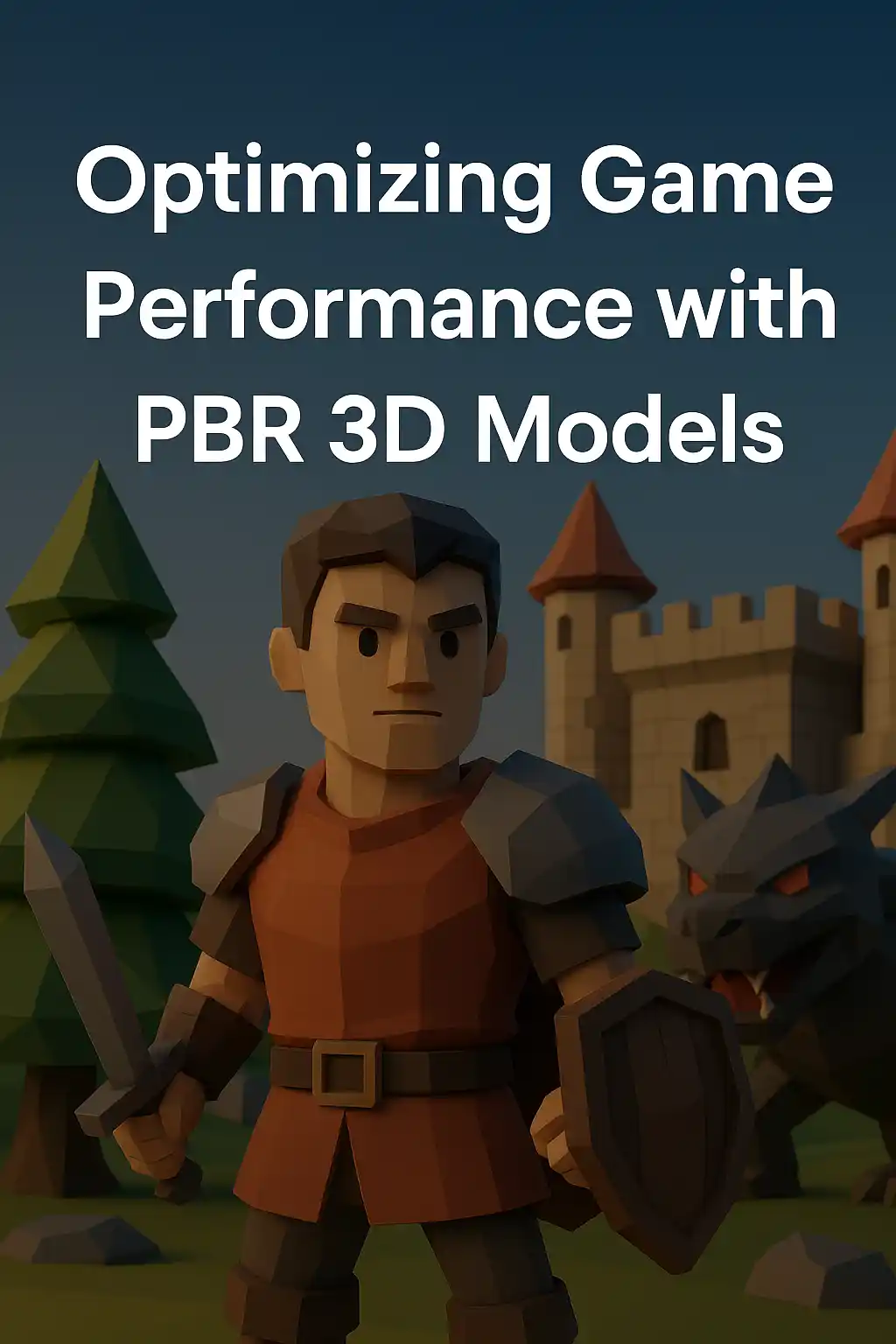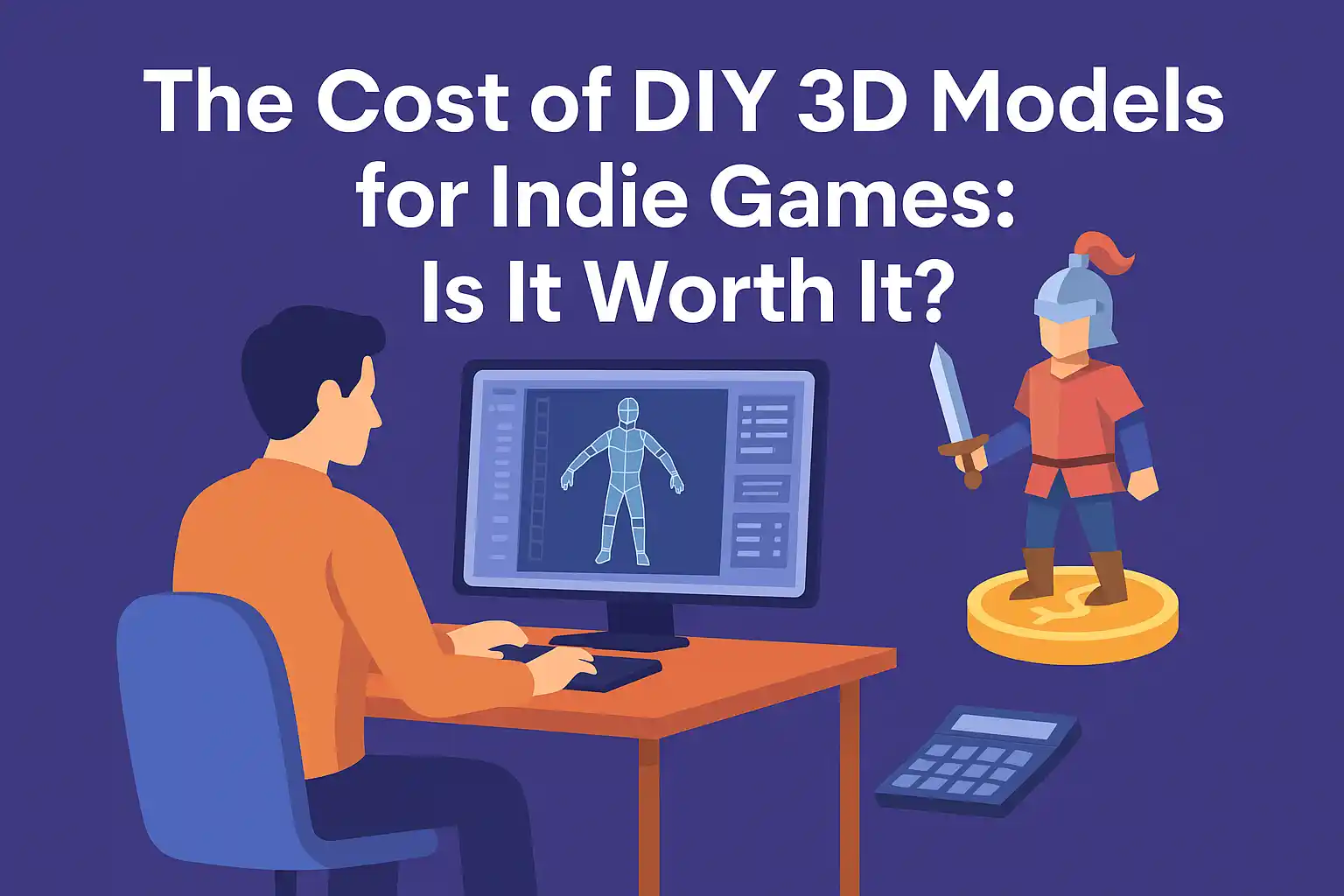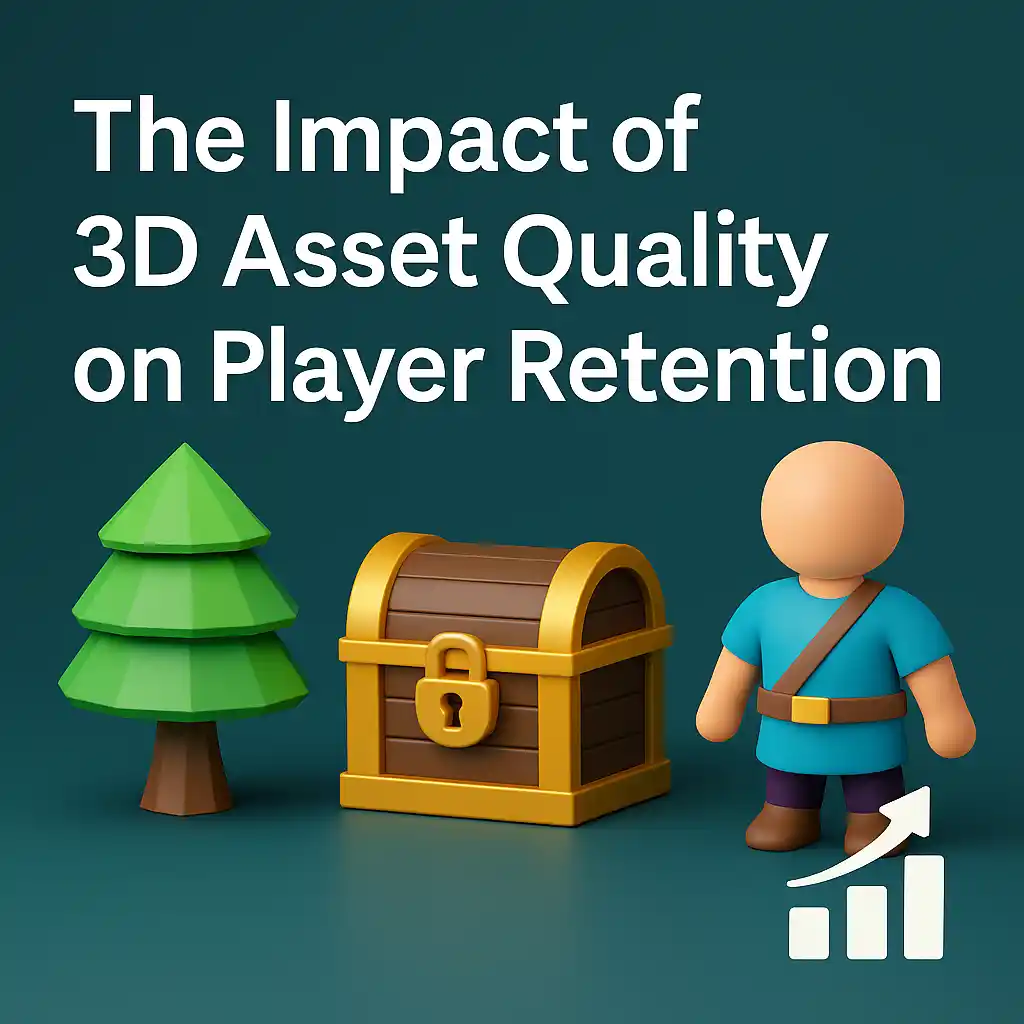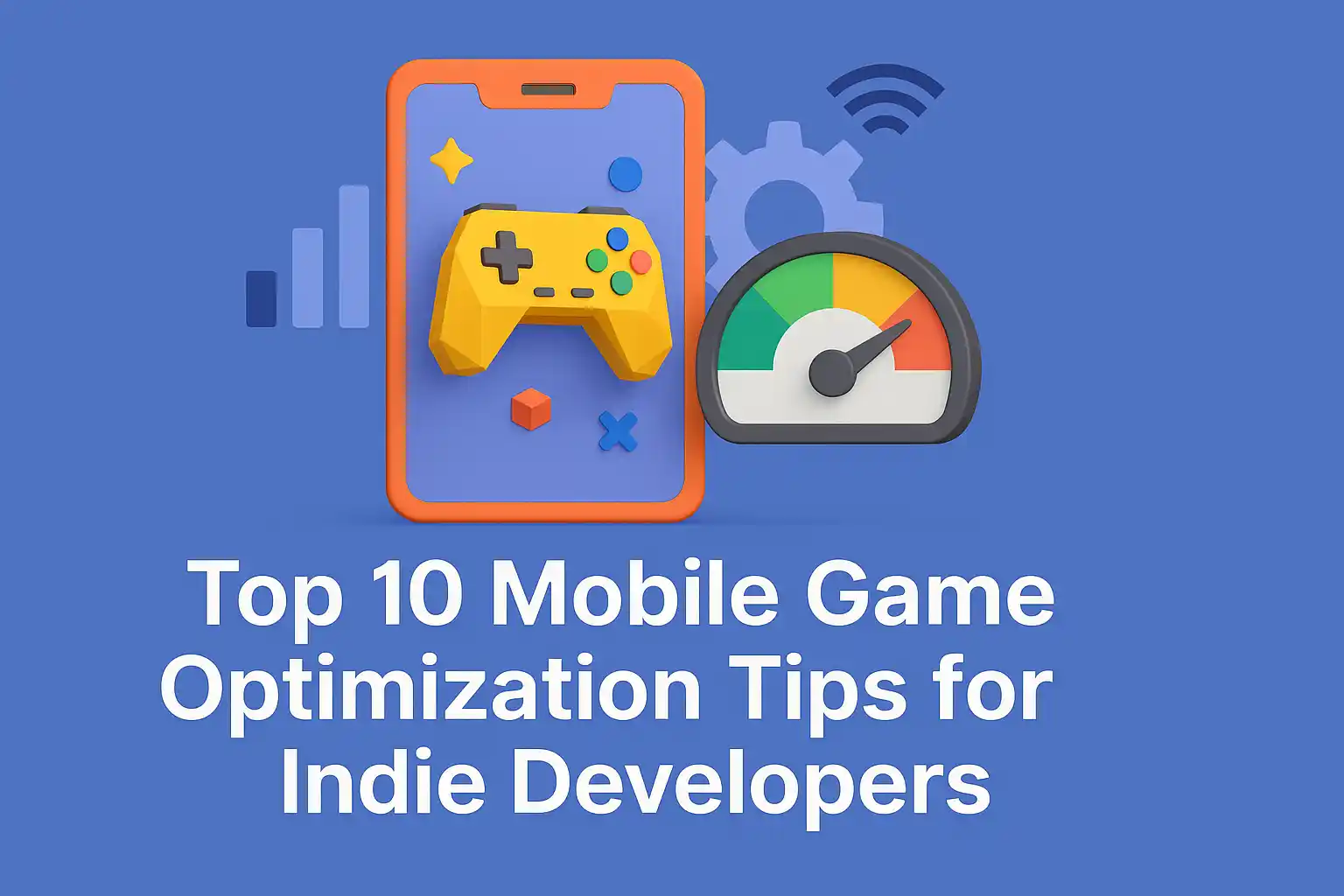3D Model Creator Tools That Slow Down Indie Game Development
by Animatics Asset Store in Blog on September 24, 2025Indie game developers face an uphill battle every day. Limited budgets, tight deadlines, and ambitious visions clash with reality. The worst part? Many popular 3D model creator tools actually make things harder, not easier.
You start your project with excitement. Then you realize your chosen software takes forever to render a simple model. Your workflow grinds to a halt. Deadlines slip away. Sound familiar?
This isn’t about blaming the tools themselves. It’s about understanding which ones hurt your productivity and why. More importantly, it’s about finding better ways forward.
Hidden Time Killers in Modern 3D Software
Most developers focus on features when choosing a 3D model creator. They want the latest bells and whistles. But features mean nothing if your software crashes every hour.
Performance issues plague even expensive professional tools. Performance can lag when handling large, detailed models. This creates a domino effect throughout your entire development pipeline.
Your team waits for renders to finish. Iterations take longer than planned. Testing cycles extend beyond reasonable limits. What should take days stretches into weeks.
Blender: The Free Tool That Costs You Time
Blender dominates indie game development circles. It’s free, powerful, and constantly improving. But it comes with hidden costs that many developers ignore.
Learning Curve Problems
Blender’s interface intimidates new users. 3D modeling software is frustrating because it is very unlike any other class of software than most people commonly use. The learning curve steals months from your development schedule.
Your artists spend weeks mastering basic operations. Complex modeling tasks require YouTube tutorials and forum searches. This learning time rarely appears in project timelines.
Memory and Performance Issues
Blender struggles with complex scenes. Large models bring the software to its knees. Performance issues arise, consider upgrading your hardware such as RAM or GPU to improve system speed.
Viewport navigation becomes sluggish. Simple operations trigger long delays. Your workflow loses momentum with each hang or crash.
Export and Compatibility Headaches
Getting models from Blender into game engines creates endless problems. File formats don’t always translate correctly. Materials break during export. UV maps disappear mysteriously.
Each export requires manual checking and fixing. These small delays accumulate into significant time losses over a full project.
Maya: Professional Tool, Professional Problems
Autodesk Maya represents the industry standard for professional 3D work. Studios worldwide rely on its comprehensive feature set. But indie developers often struggle with its complexity.
Overwhelming Feature Set
Maya includes thousands of features. Most indie projects use maybe 10% of them. The rest create interface clutter and confusion. Finding basic tools becomes a treasure hunt.
New team members take months to become productive. The software demands extensive training that many indie budgets cannot afford.
Licensing Costs and Complications
Maya’s subscription model drains indie budgets quickly. Monthly fees add up to thousands annually per seat. Educational licenses expire when you start commercial work.
These costs force difficult decisions. Do you pay for proper licenses or risk legal issues? Both options slow development progress.
System Resource Demands
Maya requires powerful workstations to run smoothly. 3D modeling programs require quite a bit of power and can run slow on standard hardware. Budget-conscious indies often lack adequate hardware.
Insufficient RAM causes frequent crashes. Weak GPUs make viewport work painful. These limitations multiply the time needed for basic tasks.
3ds Max: Windows-Only Workflow Killer
3ds Max excels at architectural visualization and game asset creation. But platform limitations create serious workflow problems for many indie teams.
Platform Lock-In Issues
3ds Max only runs on Windows. Mixed-platform teams face immediate compatibility problems. Mac users need expensive Windows licenses or virtual machines.
File sharing between platforms becomes complicated. Version control systems struggle with proprietary file formats. Team collaboration suffers significantly.
Plugin Dependency Hell
3ds Max relies heavily on third-party plugins for game development features. Each plugin adds cost, complexity, and potential failure points. Updates break compatibility regularly.
Managing plugin licenses across team members creates administrative overhead. Someone always has an outdated version that breaks shared files.
Cinema 4D: Beautiful but Slow for Games
Cinema 4D produces stunning visuals with relative ease. If you are interested in games, this tool is perfect for architecture simulator game creation. But it struggles with real-time game asset creation.
Rendering Speed Problems
Cinema 4D prioritizes visual quality over speed. Renders take significantly longer than game development typically allows. Preview renders that should take minutes stretch to hours.
Interactive feedback becomes impossible with complex scenes. You make changes blindly, hoping the next render shows improvement.
Game Engine Integration Challenges
Cinema 4D wasn’t designed primarily for game development. Export options for game engines remain limited compared to dedicated game tools.
Materials and lighting don’t translate well to real-time engines. You spend extra time recreating visuals in your target platform.
The Real Cost of Tool-Induced Delays
One of the biggest hurdles for indie game developers is working with a limited budget. Creating a game, especially one with high-quality game 3D models, requires significant financial resources.
Time delays compound exponentially in small teams. When your 3D artist waits for renders, your programmer sits idle. When models export incorrectly, your whole pipeline stops.
Budget Impact Analysis
Every day of delay costs money. Team salaries continue during unproductive periods. Marketing deadlines slip, missing crucial launch windows.
Opportunity costs multiply the financial damage. Delayed projects miss seasonal sales peaks. Competitors capture market share while you struggle with technical issues.
Team Morale Problems
Constant technical frustration damages team morale. Artists lose confidence in their tools. Programmers question asset quality and timelines.
Productive team members consider leaving for projects with better workflows. Replacing experienced staff adds months to development schedules.
Smart Alternatives and Workflow Solutions
Now lets talk about solutions. The solution isn’t necessarily changing all your tools. Sometimes small workflow adjustments make huge differences.
Hybrid Approach Benefits
Many successful indie teams use multiple tools strategically. They use simple tools for rapid prototyping and complex tools for final assets.
This approach reduces bottlenecks while maintaining quality. Team members can contribute effectively regardless of their technical skill level.
Asset Libraries and Pre-Made Content
Smart developers leverage existing asset libraries to accelerate development. Instead of modeling every object from scratch, they focus on unique elements that define their game’s personality.
Quality asset stores provide professionally optimized models ready for game engines. The Animatics Asset Store offers developers access to carefully curated 3D assets designed specifically for game development workflows. These resources help teams maintain momentum without sacrificing visual quality.
Optimization-First Mindset
Successful indie developers prioritize optimization from day one. They choose tools and workflows that emphasize performance over features.
This means accepting “good enough” visuals that run smoothly rather than pursuing perfect models that crash the engine.
Hardware Considerations
There are many possible causes for the slowness such as: Large coordinates (> 100.000) of the model and drawing. Complex Inventor equipment. Settings. Orphaned data and errors in the drawings.
Your hardware choices directly impact tool performance. But throwing money at expensive workstations isn’t always the answer.
Memory vs Storage Speed
Most 3D tools benefit more from fast storage than extra RAM. SSDs dramatically reduce load times and scene switching delays. This improvement costs less than RAM upgrades.
GPU Selection Strategy
Game development requires different GPU capabilities than rendering farms. Real-time preview performance matters more than ray-tracing speed for most indie workflows.
Planning Projects Around Tool Limitations
Accepting your tools’ limitations helps create realistic project schedules. Plan complex scenes during periods when artists can work on other tasks during long renders.
Milestone Structure Adjustments
Break modeling milestones into smaller chunks. This provides more feedback opportunities and catches problems earlier.
Regular milestone reviews help identify tool-related delays before they impact final deadlines.
Team Training Investment
Invest in proper tool training upfront. Short-term training costs prevent long-term productivity losses.
Consider hiring experienced artists for mentoring rather than full-time positions. Their knowledge transfers to your permanent team members.
Building Efficient Asset Pipelines
Efficient pipelines work around tool limitations rather than fighting them. Design your workflow to minimize the impact of slow operations.
Automated Export Systems
Script repetitive export tasks to run overnight. This removes export delays from daily workflows.
Batch processing reduces the number of manual operations prone to user error.
Quality Control Checkpoints
Implement regular quality checks throughout the modeling process. Catching problems early prevents expensive rework cycles.
Making the Right Tool Choices
The best 3D model creator isn’t always the most popular or powerful option. It’s the one that fits your team’s skills, timeline, and technical requirements.
Consider your team’s existing expertise. Switching tools mid-project usually creates more delays than solving problems.
Evaluate tools based on your specific game requirements rather than general capabilities. Racing games need different optimization than RPGs.
Conclusion: Speed Over Perfection
Indie game development rewards speed and iteration over perfect individual assets. Choose 3d model creator tools that support rapid development cycles rather than showcasing technical prowess.
Your players care about fun gameplay and engaging experiences. They rarely notice the difference between a model created in expensive software versus a well-optimized alternative.
The most successful indie developers master their chosen tools completely rather than constantly switching to newer options. Deep tool knowledge compensates for software limitations.
Focus on shipping games rather than creating perfect assets. The market rewards finished projects, not technical achievements that never reach players.
Remember that 3d model creator tool mastery takes time, but game development success requires shipping on schedule. Balance these competing demands by choosing tools that accelerate your specific workflow rather than impress other developers.






